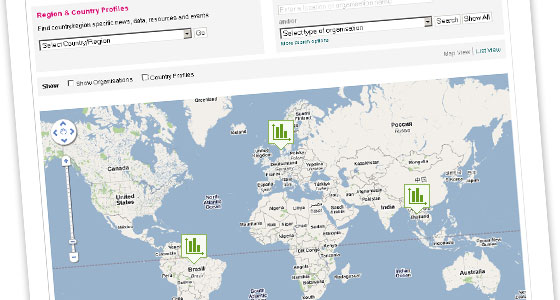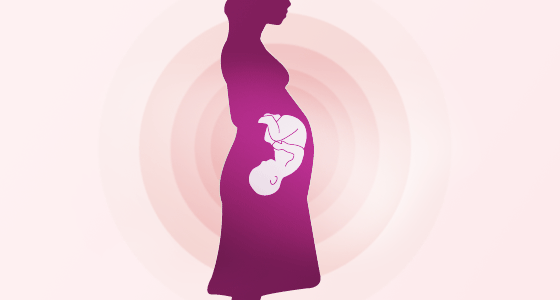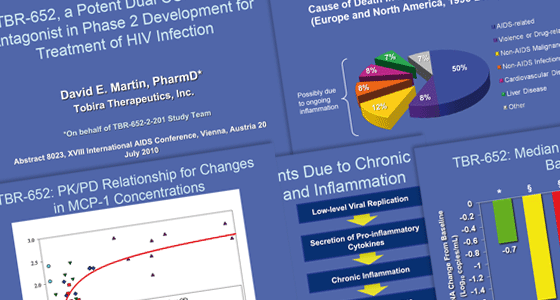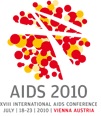
Image from NAM's new E-atlas, online at www.aidsmap.com/e-atlas
There was encouraging news at the conference about the pace of the HIV epidemic amongst gay men in Denmark. But other research from Thailand and Brazil found a high HIV incidence in some groups of men who have sex with men (MSM), and low understanding of HIV risk.
Evidence from Denmark seems to support the use of HIV treatment as prevention.
The conference was told that the number of new infections amongst gay men has fallen. Researchers think that the most likely explanation is that people with HIV are less infectious because of treatment. The fall in new infections occurred within the context of increasing numbers of people living with the virus, and higher levels of unprotected sex.
About 80% of gay men in Denmark who know they are HIV-positive are taking HIV treatment. Most – 82% – have an undetectable viral load.
Investigators calculated that the proportion of gay men transmitting HIV each year has fallen steadily since 1995. They believe the most likely explanation for this decline is the increasing proportion of men on treatment with an undetectable viral load who therefore never, or very rarely, pass on HIV to others.
The study was conducted in Bangkok between 2006 and 2008 and involved approximately 1300 gay men. At the time the study started, 22% of men were HIV-positive, and during the course of the research, a further 135 men became infected. This provided an annual incidence rate of just below 6%.
The mean age at infection was 26 – this means that 50% of those acquiring HIV were in their teens or early 20s.
More encouragingly, another study conducted in Thailand suggested that HIV prevalence amongst gay men seems to be falling. It peaked at 31% in 2007, but by 2009 had fallen back to 25%.
A fall in HIV prevalence was observed in those under 22, and the number of men reporting unprotected sex also fell.
A separate Brazilian study found that only 47% of gay men had a good understanding of HIV risks. Moreover, 75% of men regarded themselves as having a low risk of HIV, even though half had recently had unprotected sex with a casual partner.








